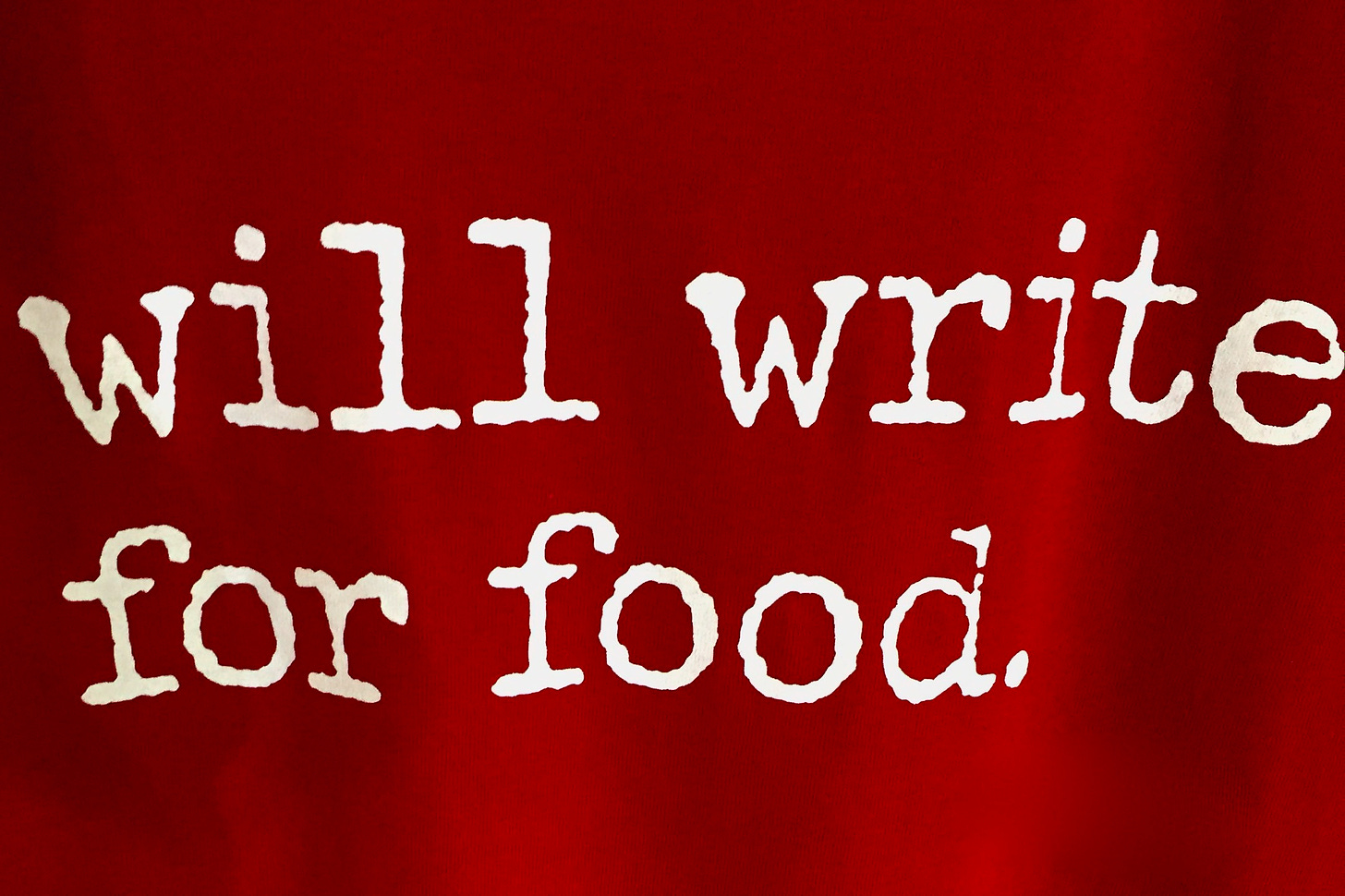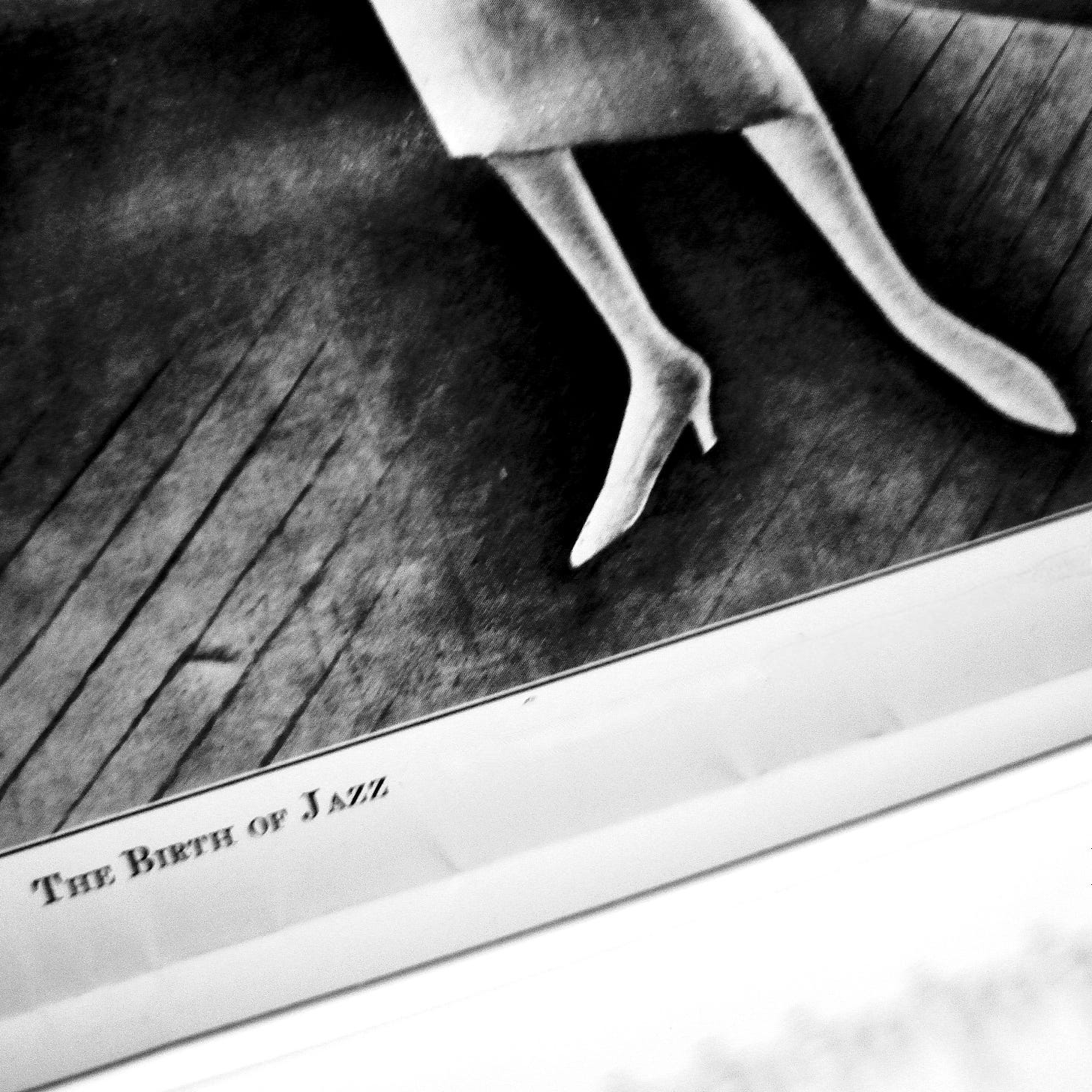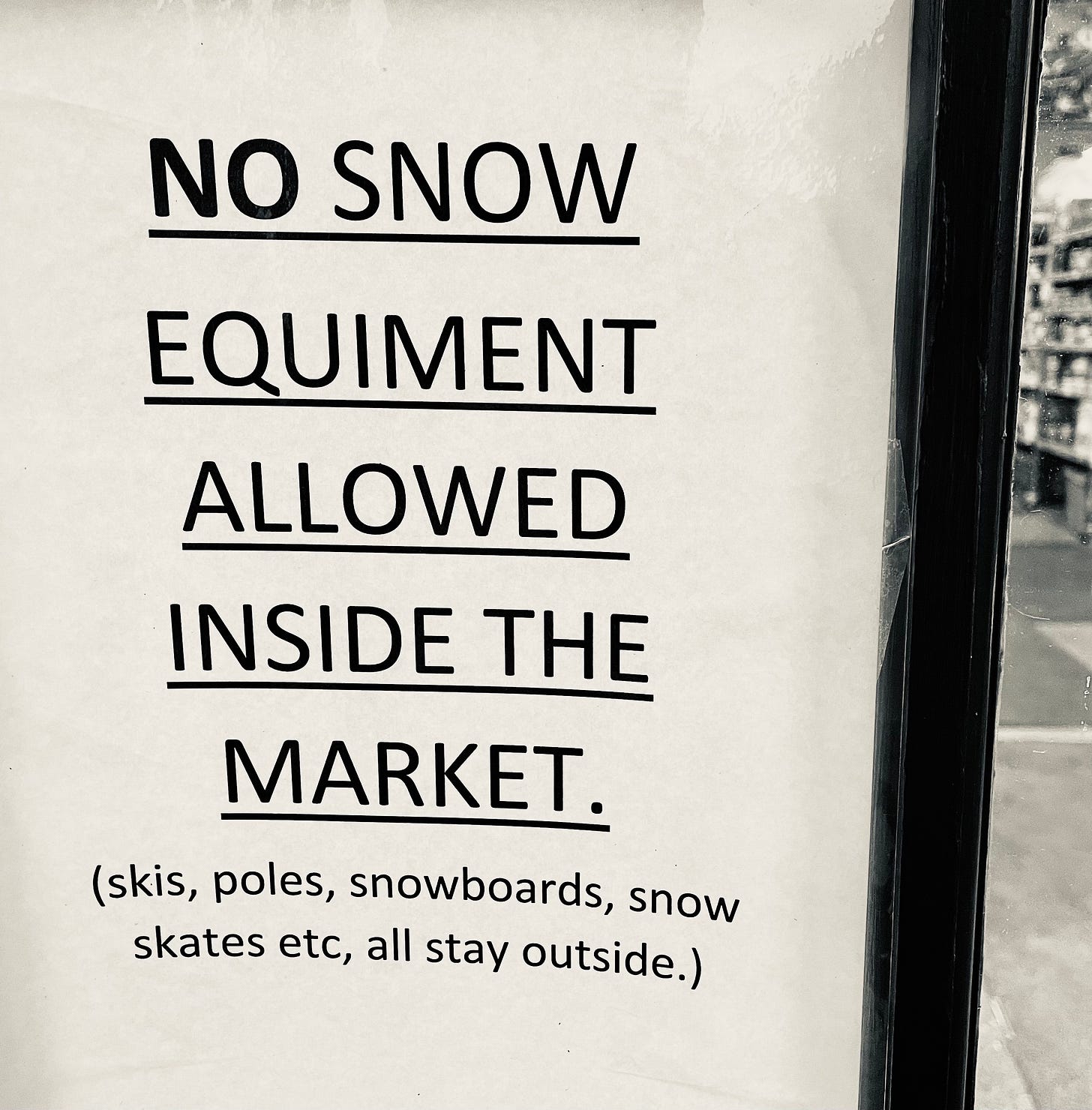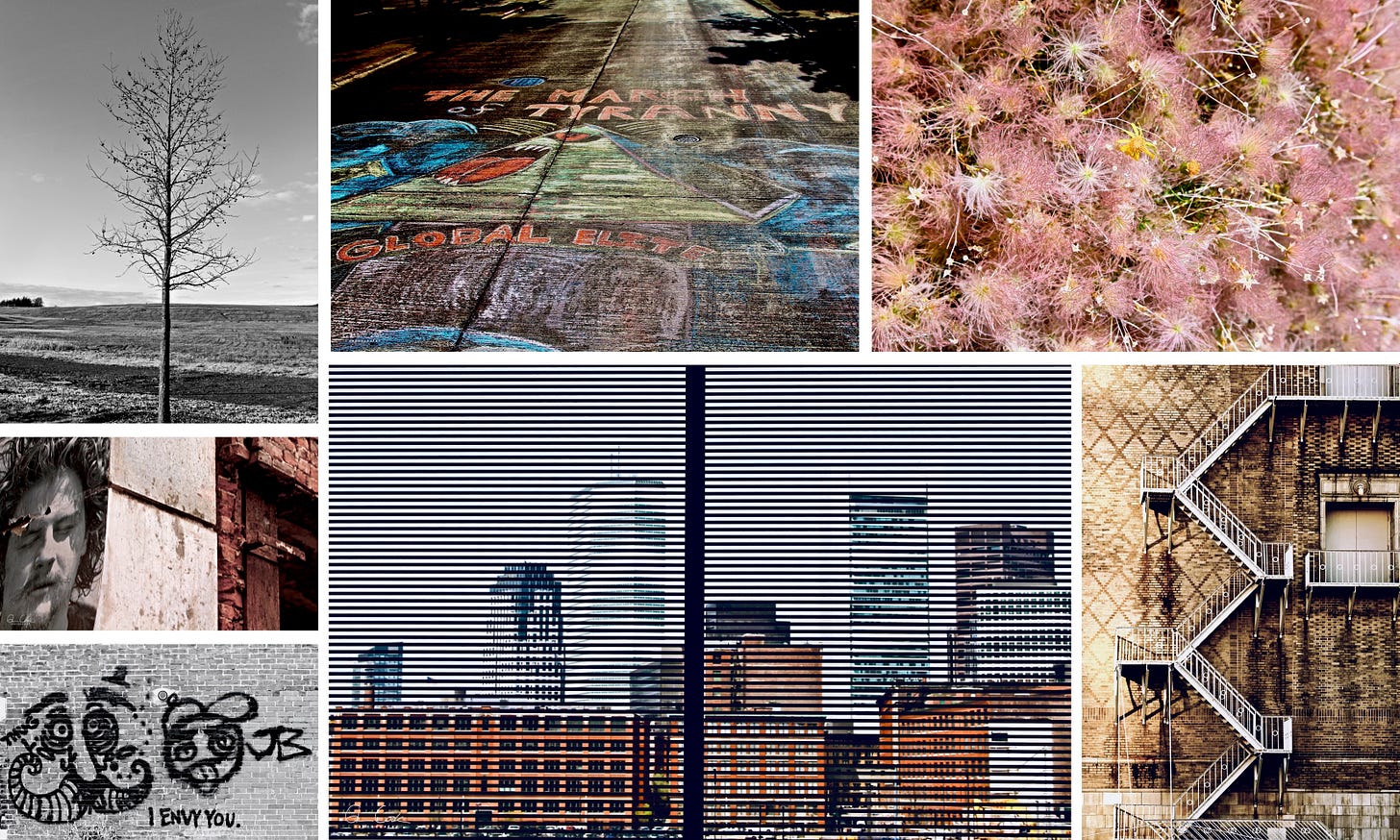Jazzed About Writing
A behind-the-scenes look at how words make it onto the page, plus some tips for you
“Making biscuits is like playing rock 'n roll. You only need three chords (flour, fat, and moisture) and a lot of volume.” — Alton Brown, Good Eats
“One chord is fine. Two chords is pushing it. Three chords and you're into jazz.” — Lou Reed
I know nothing about making biscuits. I appreciate but can’t play rock and roll. But as a writer and visual storyteller, I get what Alton Brown and Lou Reed meant.
Everyone has a story. And “stories” — the 15 to 30 second self-crafted and shared snapshots and videos that you see on social media — are big right now.
Think of them as one chord. They’re fine and rarely much more than that.
Two chord stories are the pieces you see on the news — TV, print, radio, and online. Three chords are the long-form stories, the “jazz” of writing.
Jazz is tougher than it looks.
Twenty-one years ago this month, I started my first job at a magazine, having worked as a writer and editor for newspapers and in school communications. I looked forward to immersing myself in long-form journalism about a cause I love: public education.
The transition, however, wasn’t as easy as I originally thought. Dealing with what was then-undiagnosed ADD, I missed the rigor of daily deadlines and the focus required during persistent chaos. Publication schedules — monthly lineups are filled out two to three months before the magazine is mailed to subscribers — meant you were working on trend pieces that required in-depth knowledge, analysis, and some guesswork to remain timely and relevant.
I struggled with this for some time before realizing that three pieces of advice I received early in my career still hold true in every story:
In addition to the 5Ws and an H, stories should include answers to two more questions: "So what?" and "What's next?" (If you can’t answer the “So what?” question, should you even be writing?)
If you can't describe the story in 30 words or less, then you don't have what you’re trying to say down cold.
Write visually. If you can create images for the reader with words, you will lure them in and keep them coming back for more.
At one point not so long ago, readers and writers shared an assumed bond of trust that a work would be fact-based (or identified as fiction), but the constant barrage of misinformation we all must now filter through has eroded that trust. We live in a world where, for some, “emotional truth” has replaced facts, so our ability to filter has become even more important.
If you can apply that filter and follow these tips, your stories can be beautiful and transcendent, just like the best jazz music. If you don’t know what you’re writing about, they often come across as self-indulgent and a waste of the reader’s time.
Over the past two decades plus one year, I’ve now written more than 200 long-form features. Some are better than others, but I’ve held to those three pieces of advice, and they’ve rarely failed me.
The Editor’s Pet Peeves
For me, the key to successful, accurate writing is “speak in plain English.” Your mission should be to inform, entertain, or enlighten the reader.
Several years ago, while serving on the board of Association Media and Publishing, I did a presentation with another board member (Erin Pressley) on the “pet peeves” we had as editors. Because people enjoy lists and often want handouts, we broke it down into 10 simple rules, with a bit of explanation.
Passive Voice
Just plain boring, lacks action.
— “Why was the road crossed by the chicken?”
Which vs. That
“That” introduces essential clauses while “which” introduces nonessential clauses.
— Gems that sparkle often elicit forgiveness.
— Diamonds, which are expensive, often elicit forgiveness.
Who vs. That
“Who” refers to people. “That” refers to groups or things.
— Sally is the girl who rescued the bird.
— Jim is on the team that won first place.
Misplaced Modifiers
You modify something you didn't intend to modify.
— I almost failed every grammar class I took.
— I failed almost every grammar class I took.
“–ing” Words
Unnecessary in many cases.
— Will be going — “Will go”
— Should be doing — “Should do”
— Have been driving — “Have driven” (or better yet) “Are driving” (as in, me crazy)
Absence of a Nut Graph
Do you have time for long and pointless? Editors don’t. A nut graph sets the scene for the reader and helps to telegraph where the rest of the story will go.
Widespread use of “that”
Not to be “which-y” about it, but we could do with less of that.
Stakeholders
Why label some of our most important constituents as mini-Renfields? Be more descriptive and tell us who these people are/represent.
Acronym-soup
Don’t think of me as an SOB for bringing this up, but we have an incredible reliance on institutional short-hand that often can clutter the story we are trying to tell. If you have to use acronyms, use them judiciously.
Finally…
My Pinkie Just Can’t Stop Hitting The Shift Key Because Everything We Write Is So Important That We Just Have To Capitalize It.
And One More Thing — Please Use Spellcheck
The Daily Photos
Here are the Daily Photos posted for the week of March 21-27 to my Facebook business page. The photos, which have received a strong reaction since I brought them back this month, represent the random things captured during travels to various places.
If you’re on Facebook, you can check out the full-size images there. If not, you can view my page by clicking on the link above. (You don’t have to be on Facebook to see my page.)
If you have any questions or are interested in purchasing a print, let me know in the comments or by sending an email.
Did you know?
You can now read Our Reality Show in the new Substack app for iPhone.
With the app, you’ll have a dedicated Inbox for my Substack and any others you subscribe to. New posts will never get lost in your email filters, or stuck in spam. Longer posts will never cut-off by your email app. Comments and rich media will all work seamlessly. Overall, it’s a big upgrade to the reading experience.
The Substack app is currently available for iOS. If you don’t have an Apple device, you can join the Android waitlist here.
Thanks again for visiting “Our Reality Show.” As always, feedback is welcome and I hope you’ll share my work with someone you know!






